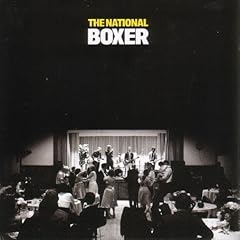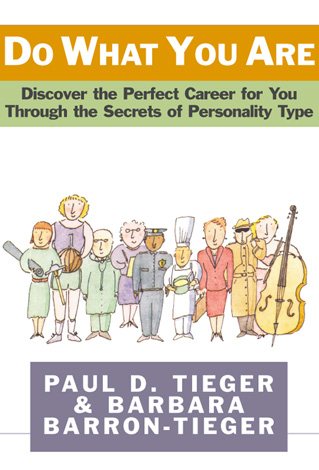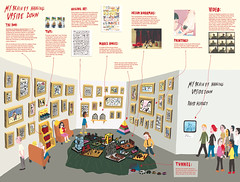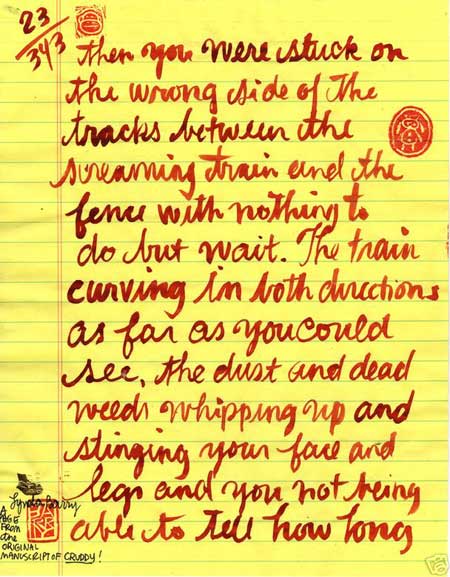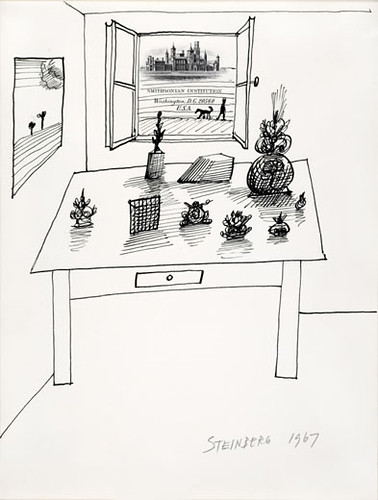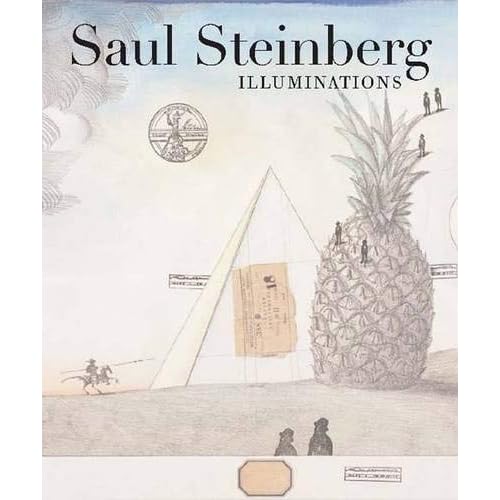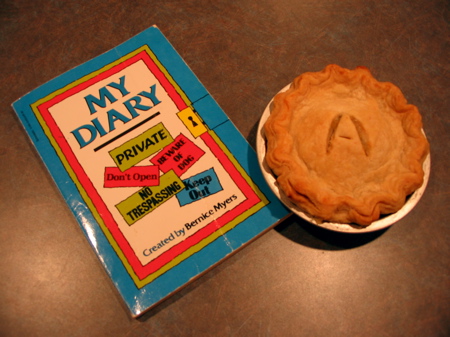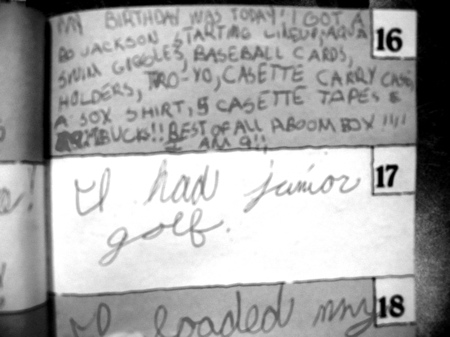We went to see The National at the Beachland Ballroom last night. They sounded great…
…but boy do I get sick of standing around at rock shows. Especially on a Monday night. You pay your $15, you show up at the show time, and then you have to sit through 2 crappy opening acts before the band you paid to see goes on, by which time you’re either a) too tired or b) too drunk to care what’s going on. Can’t we do away with opening acts or keep them down to one? Can’t we show some kind of movie or have some kind of reading/standup/entertainment while all these lame sound guys and roadies test the drum kits and set out bottled water? For now, the rule is: show up two hours past the start time, and you’ll be okay.
Anyways, check out the National. Good dudes from Cincinnati, who studied design at UC (you can tell–their album covers are beautiful). Their new album is streaming on their Myspace page.
